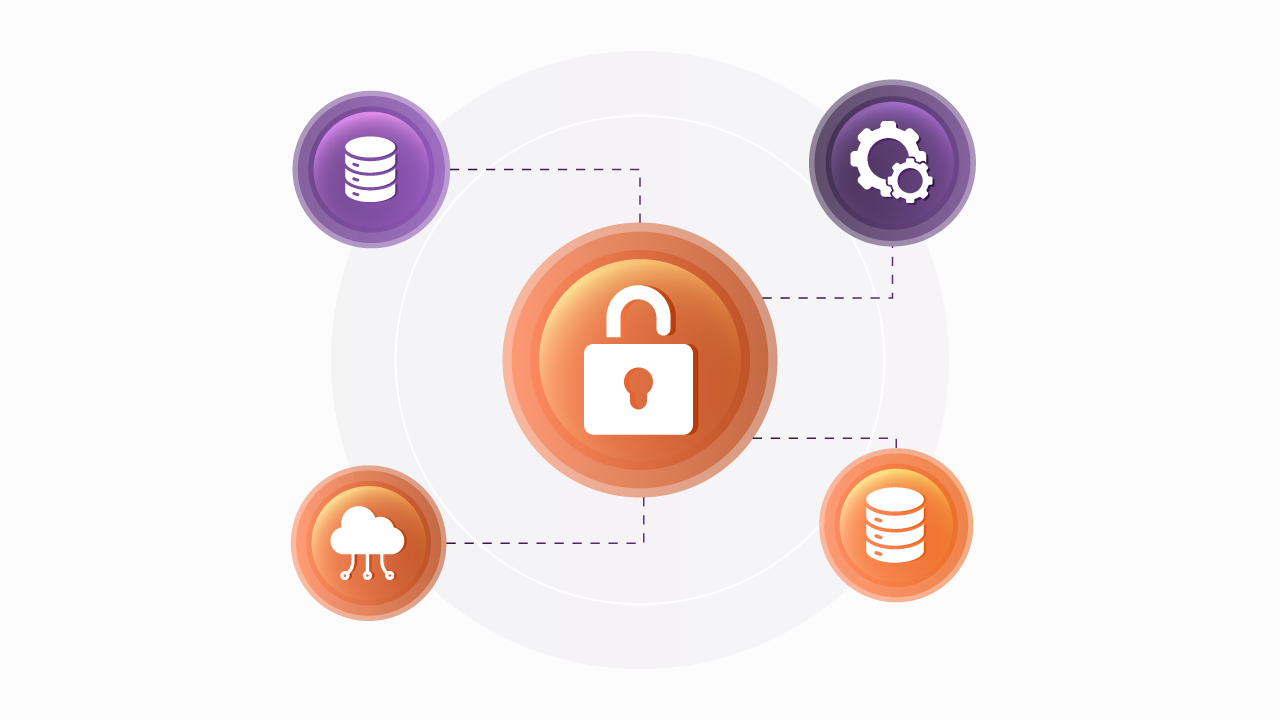The Challenge of Deploying a Microservices Architecture
The Challenge of Deploying a Microservices Architecture
Microservices architecture, or microservices, has surfaced as an approach to assist software developers in delivering optimal products to their customers.
Especially for companies seeking a blend of efficiency, productivity, agility, and cost reduction, microservices can be integrated into the business structure as a part of legacy modernization. They bring dynamism to activities, generate flexibility through process division, and enable rapid and integrated information flow
This also contributes to service decentralization, providing more individuals with access to effective solutions for addressing similar problems.
In theory, the idea is straightforward: ensure services are displayed with fine granularity, minimizing dependencies, and each service has a clear, indivisible function. However, with practical implementation and effective API governance, application modernization can expose other challenges.
In this article, we will thoroughly explore the deployment of microservices architecture in your business.
Microservices Architecture
Traditionally, software is constructed with a closed structure, encompassing a beginning, middle, and end, specifically involving backend and frontend components.
This philosophy results in the creation of extensive monolithic architectures, typically designed to address significant organizational needs. For instance, if you aim to utilize Excel charting functions in another application, you must open Excel and load unnecessary functionalities simultaneously.
Microservice Architecture, in contrast to previous Monolithic or SOA architectures, distinguishes itself by emphasizing granularity. This enables agile software development and efficient service execution that is adaptable to changes.
The concept involves dividing a system into modular services to achieve a collective impact when these smaller parts are combined. Therefore, microservices architecture facilitates the integration of different services and the addition of various components to the system.
Additionally, you gain increased flexibility and the ability to modify malfunctioning or suboptimal functionalities without the need to overhaul entire sections of the system or discard it entirely due to shifts in your business context.
Therefore, implementing microservices architecture can enhance the speed of your processes, reducing time to market.
Breaking Down Applications Into Services
The typical approach to scale an application involves running numerous identical copies of it (via a load balancer) and employing a decomposition process to address common issues in monolithic architecture. This implies that some services may be relatively small while others are significantly larger. The three-dimensional concept aids in comprehending how microservices effectively partition and scale a monolithic application.
We have three axes of scalability:
- X denotes horizontal scalability, expanding application capacity and availability by having each server execute an identical copy of the code.
- Z, akin to the X axis, necessitates the existence of a component responsible for directing requests to the relevant server.
- Y represents the third dimension of scalability, referred to as functional decomposition. It involves dividing the application into a series of services, each encompassing a set of functions such as order management and customer management.

Note that the Z axis separates similar elements, whereas the Y axis divides distinct elements.
Deploying Microservices Depends on Good Partitioning
System division or partitioning requires careful consideration, but some approaches can aid in implementing microservices architecture within your business structure.
Explore various partitioning types:
- Through verbs or use cases: Consider the example of the Checkout case, where an order fulfillment service or Checkout UI service manages the interface for system users.
- By synonyms or features: For instance, the company might have a Catalog Service for managing merchandise catalogs. This service is responsible for all activities related to the involved resources/entities in this case.
Each service must adhere to the API Governance Single Responsibility Principle (SRP), having clear and distinct responsibilities. An exposed service should possess a unique role within the architecture. If a service has multiple responsibilities, consider applying the mentioned partitioning techniques.
Unix features exemplify service modeling, where each feature executes only one defined operation. These features can be combined via shell script for more complex activities. Over the years, this service mesh architecture facilitated the release of various operating system variations like Ubuntu, Fedora, Solaris, and many others.
The Pros of the Microservices Architecture
Legacy system integration with microservices architecture yields various benefits for your organizational structure:
- Developers have increased autonomy to develop services independently, allowing them to focus on expanding product offerings and reducing time-to-market.
- Automated deployment using continuous and open-source integration tools like Hudson, Jenkins, and others.
- The web container starts up more quickly.
- The capability to employ code in various languages for different services, using a designated "official language" for communication between them, such as JSON or XML.
- Allows developers to utilize the latest technologies and DevOps practices.
- An easily comprehensible and agile architecture, promoting learning and enhancing staff productivity.
- Effortless expansion and integration of microservices with outsourced services via APIs and partner ecosystems, for example.
- Code organized based on business capabilities, providing deeper insight into customers and their needs.
- Essential changes can be made exclusively to the specific service without altering the entire application. Feature upgrades also become less intricate.
- Efficient fault management–for instance, if one service fails, others will continue functioning.
Failures and bottlenecks can be more efficiently identified with microservices, as partitioning provides a more detailed view of each service.
Adhering to the Microservices Architecture
Microservices are often used to deliver highly granular services within the framework of Service-Oriented Architecture (SOA). They facilitate the development of business capabilities by distributing services and organizing them based on functionality.
This method combines technology and business, focusing on making a company more powerful and dynamic.
Using microservices allows you to reach architectural objectives while reducing the costs of upkeep and building. Our API Management platform empowers large companies with a secure and composable architecture. For further information on how microservices can empower your business transformation, please don't hesitate to contact us.
What are your current thoughts on this agile architecture strategy?
Begin your API journey with Sensedia
Hop on our kombi bus and let us guide you on an exciting journey to unleash the full power of APIs and modern integrations.
Related content
Check out the content produced by our team.
Embrace an architecture that is agile, scalable, and integrated
Accelerate the delivery of your digital initiatives through less complex and more efficient APIs, microservices, and Integrations that drive your business forward.





.svg)






.png)
